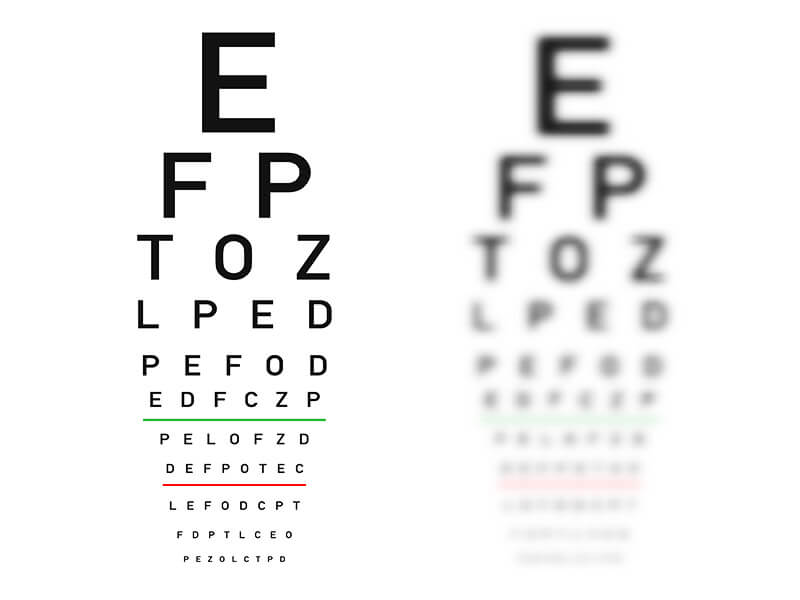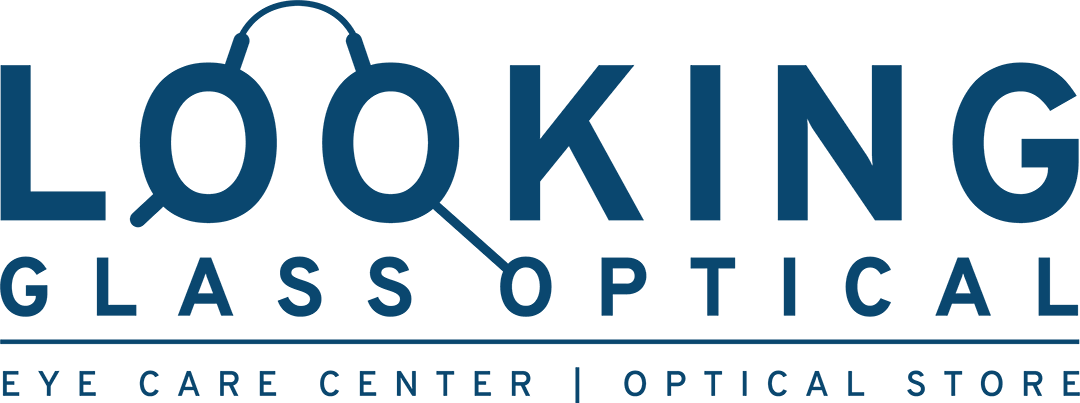The Snellen Eye Chart & 20/20 Vision
You’ve probably seen one it before. The Snellen eye chart is a diagram of different-sized letters that hangs on the wall at your eye doctor’s office. Interestingly, it’s been around for over 150 years and helps determine the strength of your eyesight. The chart also indicates whether you meet the legal vision requirement to obtain a driver’s license. Here’s a look at the history of the Snellen Eye Chart, how it’s used, and what it means to have 20/20 vision.
Snellen Eye Chart 101
Vision tests are a routine part of every eye exam. The most common method is the Snellen eye chart. Hermann Snellen, a Dutch eye doctor, developed it in the 1860s. And, while there are many variations of the chart, they all feature 11 rows of capital letters. The top row contains one letter, typically E. In each row below, letters get progressively smaller. All in all, your test results dictate whether or not you have 20/20 vision.
How It Works
During your appointment, your eye doctor will ask you to read the Snellen eye chart. The results will then indicate how well you can see without your glasses or contacts. To start, you’ll stand 20 feet away from the chart and cover one eye to block its vision. Then, you’ll read the letters out loud as you make your way from the top to the bottom of the chart. You’ll also read the smallest line of letters that you can see clearly. The process will then be repeated for your other eye.
What Your Results Mean
In every Snellen eye chart analysis, the top part of the fraction is always 20. The 20 refers to the fact that the patient stood 20 feet away from the chart. In the United States, this is standard practice. The bottom number of the fraction represents which line on the chart was the lowest the patient could read.
A different level of visual acuity is represented on each line. It ranges from 20/20, the best possible score, to 20/200, which indicates very poor vision. Additionally, the number of letters you correctly and incorrectly identified on each line factors in as well. Your eye doctor will analyze how many letters you missed and which line is the lowest you could read. Then, you’ll learn the strength of your vision. For example, if you correctly named every letter on the 20/32 line, then your vision is 20/32.
So, What is 20/20 Vision?
You have a normal visual acuity if your results are 20/20. That means you clearly determined every letter of the ninth row, which is labeled 20/20. It’s uncommon to have vision better than 20/20, but some people do see even more sharply with a score of 20/15 or 20/10. To acquire a driver’s license in the United States, you must score at least 20/40 with corrected vision (typically with glasses or contacts). Meanwhile, a corrected vision score of 20/200 is considered legal blindness.
Test Your Vision at Looking Glass Optical
As you can see, the Snellen eye chart is an integral part of an eye exam. However, it doesn’t tell the whole story. While you can read the chart at home, only an eye doctor can correctly diagnose an issue. Looking Glass Optical, located in Pasadena, is here to help. To schedule an appointment, call us today at 410-768-0202.
